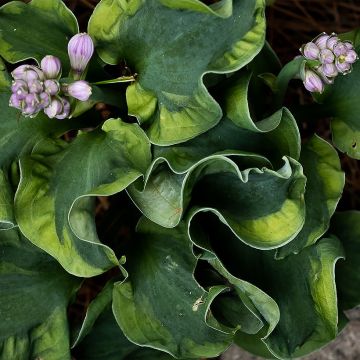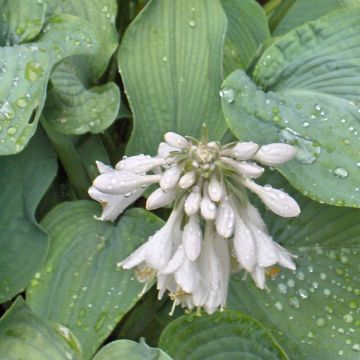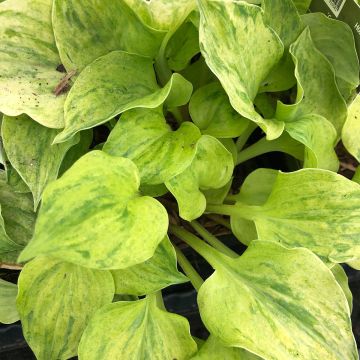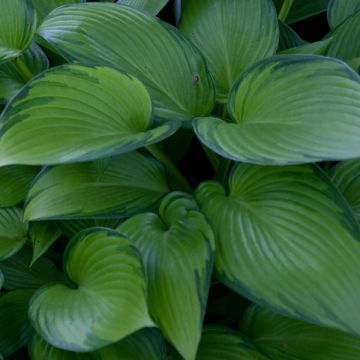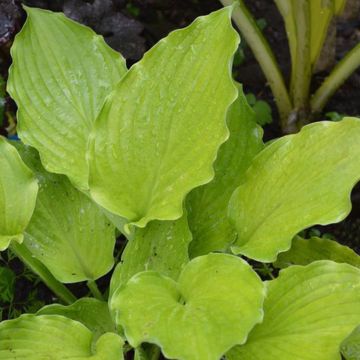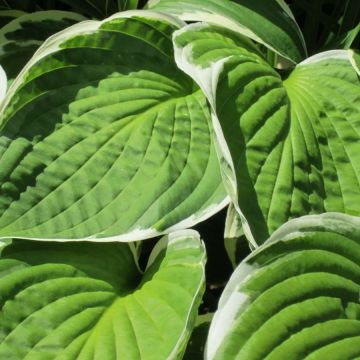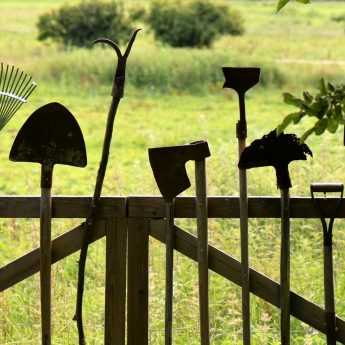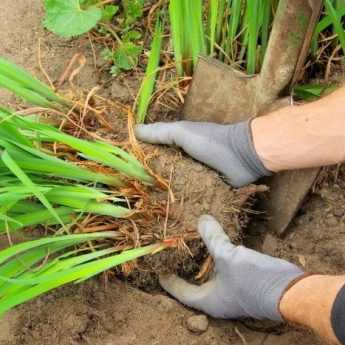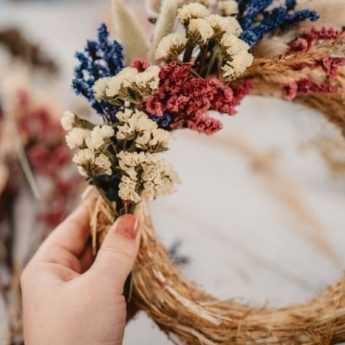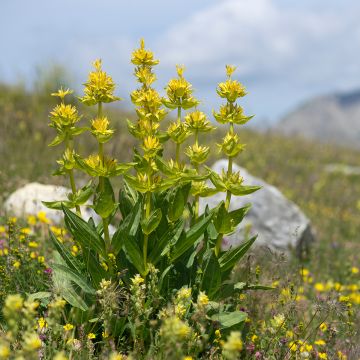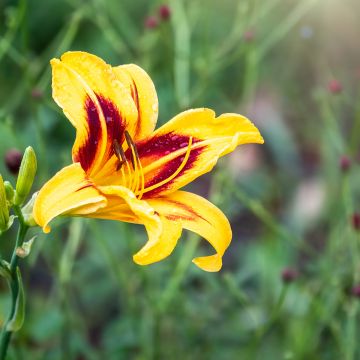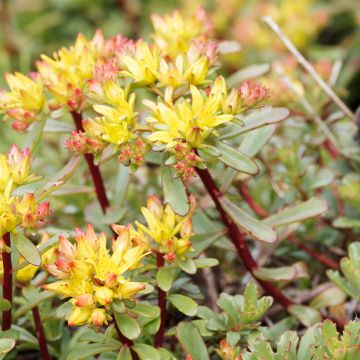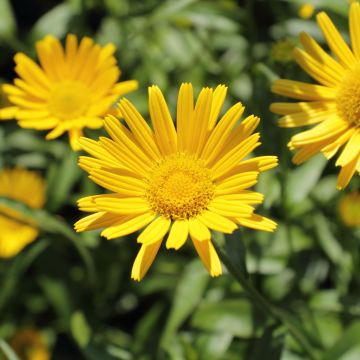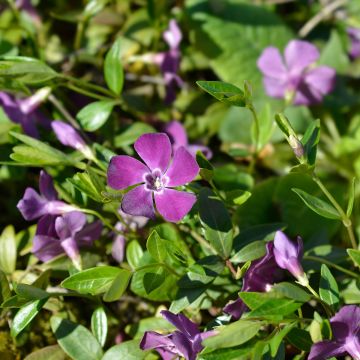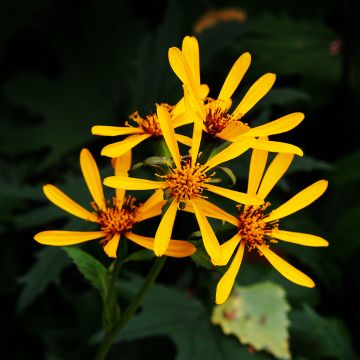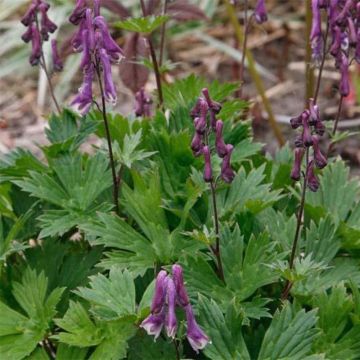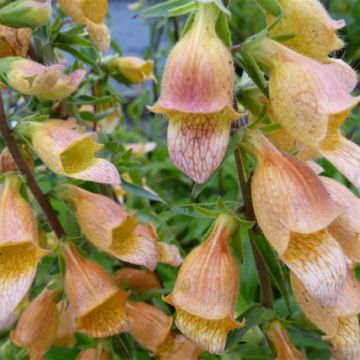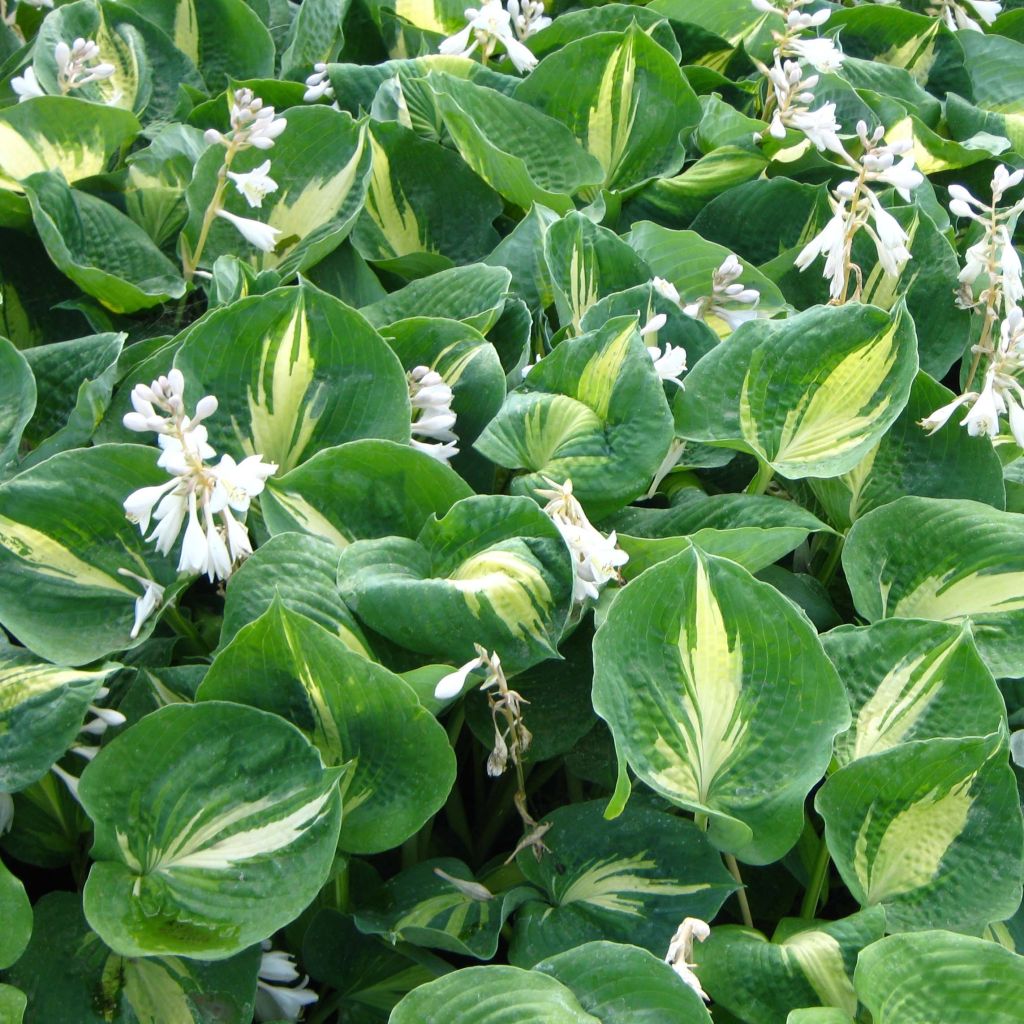

Hosta Dream Queen
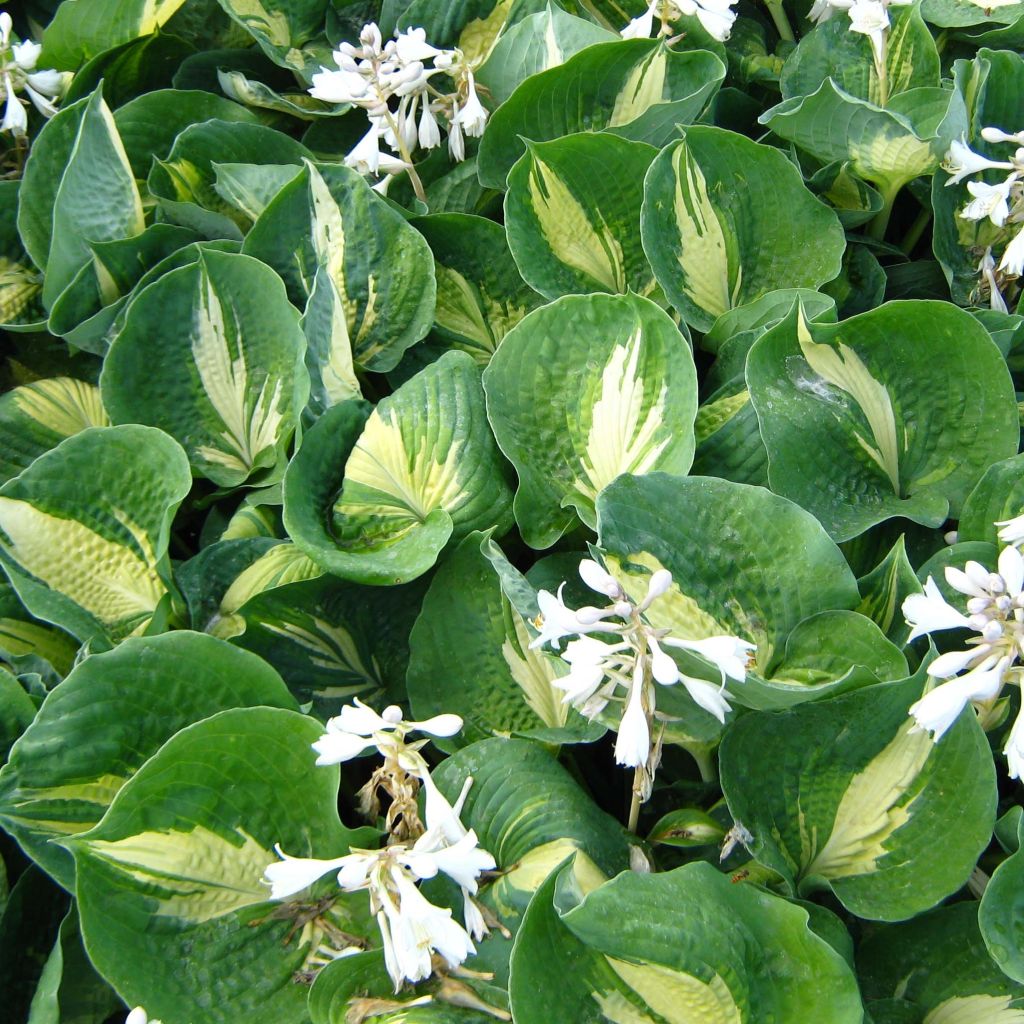

Hosta Dream Queen
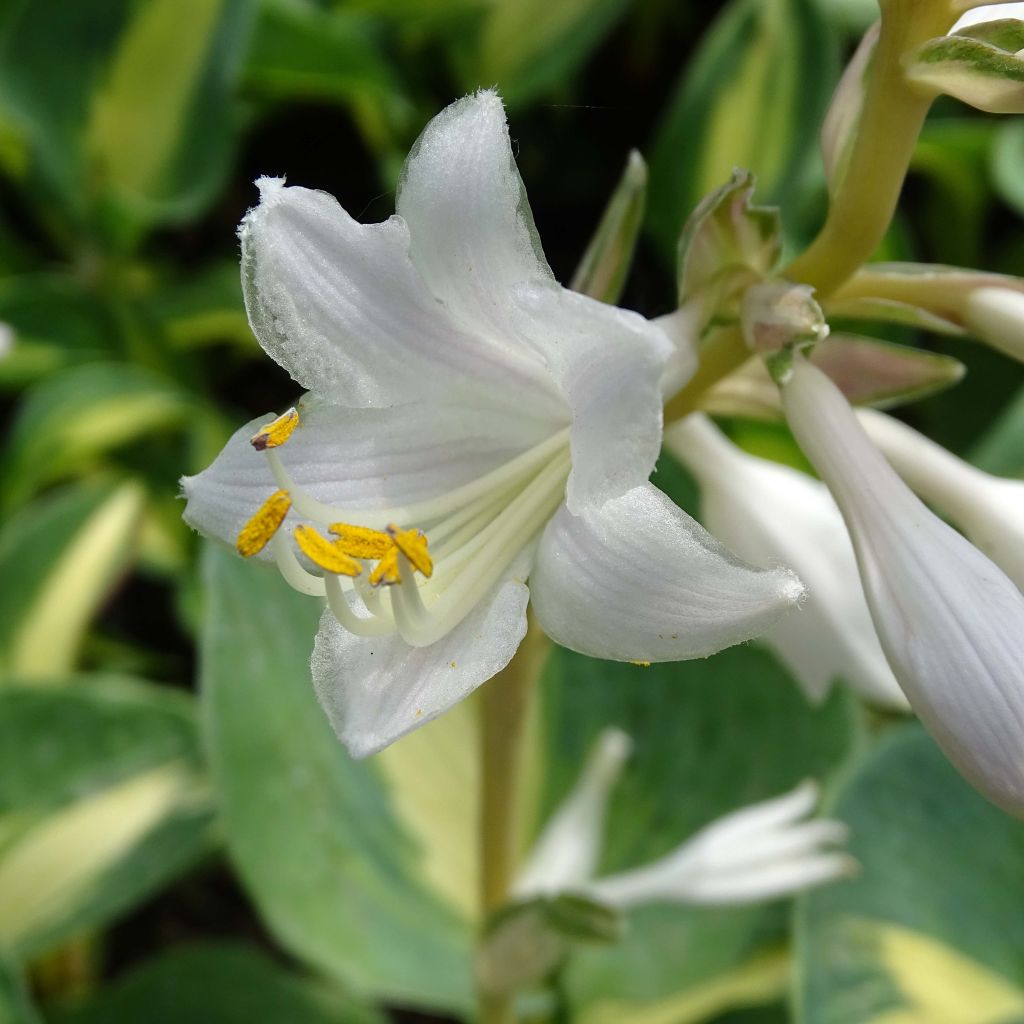

Hosta Dream Queen
Hosta Dream Queen
Hosta Dream Queen
Plantain Lily, Funkia
This item cannot be shipped to the selected country
Delivery charge from €6.90
Delivery charge from €6.90
More information
Delivery charge from €6.90
Delivery charge from €6.90
More information
Schedule delivery date,
and select date in basket
This plant carries a 12 months recovery warranty
More information
We guarantee the quality of our plants for a full growing cycle, and will replace at our expense any plant that fails to recover under normal climatic and planting conditions.
From €7.90 for pickup delivery and €6.90 for home delivery
Express home delivery from €8.90.
From €7.90 for pickup delivery and €6.90 for home delivery
Express home delivery from €8.90.
Does this plant fit my garden?
Set up your Plantfit profile →
Description
The Hosta 'Dream Queen' is a cultivar with delicious, large and thick heart-shaped leaves in fantastic colours! This perennial forms a compact bushy clump of intensely blue leaves, illuminated in the centre by a narrow yellow-gold flash with green neon stripes on the edges. Planted in a brighter location, its colours lighten respectively to blue-green, creamy yellow, and light green. Despite its medium to slow growth, this variety is vigorous and exceptional for bringing vivid colours to an understorey or a shaded bed. It is also suitable for planting in borders, pots and containers around a terrace or on a balcony. Plant it especially in cool, well-drained, and rich soil!
This Hosta, or Funkia, is a mutation of H. 'Great Expectations' and differs little from H. 'Dream Weaver', except that the yellow in its centre is darker. It is a deciduous and very hardy perennial, only producing its leafy clump in spring. It belongs to the asparagus family. The plant forms a clump reaching 50 cm (20in) in height and 70 cm (28in) in width. It is a long-lived plant with cordate rounded deciduous leaves, heavily puckered at maturity, with pointed tips. The lamina is plicate with very pronounced veins. From the heart of its variegated foliage emerge in July-August short flower spikes, bearing almost white bell-shaped flowers, slightly fragrant.
Hostas like cool, well-drained, and rich soils, and absolutely dislike drought and scorching exposures. An afternoon sunlit location should be avoided, as it can burn the leaves of these perennials. In hotter and drier regions, provide a thick mulch. Hostas, with their generous and decorative foliage, are perfect as ground covers, borders, or in partly to fully shady beds, where other plants struggle to grow. Indeed, they like sheltered and cool locations such as woodlands. Varieties with bluish and green foliage tolerate dense shade the best. Sun tends to turn blue cultivars green. Lighter foliage thrives in partial shade, where their colour transforms and lightens with increasing sunlight. In general, morning sun exposure allows optimal development of these perennials and also makes them more floriferous. Gastropods (slugs and snails) are particularly fond of these fleshy perennials, so contemporary hybridizations aim to create hostas that are increasingly resistant to their attacks.
Combine them in masses with other hostas, ferns, delphiniums, Solomon's seal, and other low-growing ground cover perennials such as creeping bugles, geraniums, and lamiums. All are very effective as slug repellents. The silver-leaved Brunnera macrophylla 'Mr Morse', familiar to woodlands, will be excellent companions. Also consider Heucheras and their wonderful range of colours, or the delicate flowers of fairy bells (Epimediums). The golden foliage contrasts beautifully with their red and orange tones. You will enhance shaded and slightly damp parts of the garden, creating a pleasant haven of freshness for the summer. Hostas also thrive in containers that should be placed in partial shade and watered regularly. Hostas go wonderfully well with spring bulbs appearing in late spring, at the opportune time to cover faded plants with their generous foliage! Around a pond, plant them with persicarias, carex, and astilbes. The blue-toned foliage harmonises perfectly with the red and purple foliage of Japanese maples.
Did you know: Most species found in Western gardens have been introduced from Japan. Hostas are edible and are called urui in Japan, where they are commonly consumed.
Hosta Dream Queen in pictures
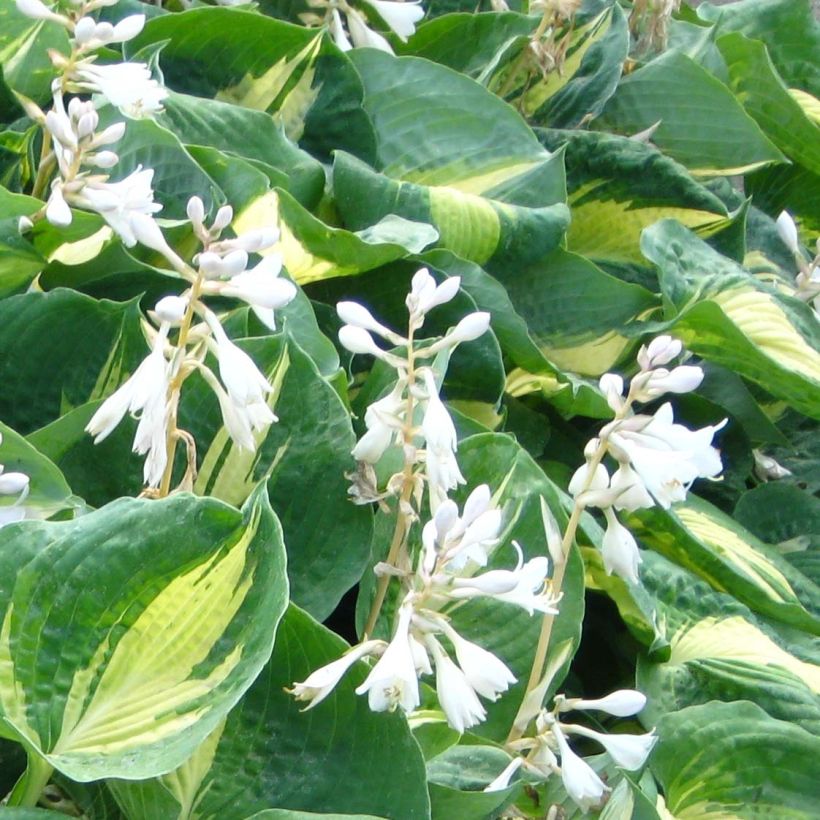

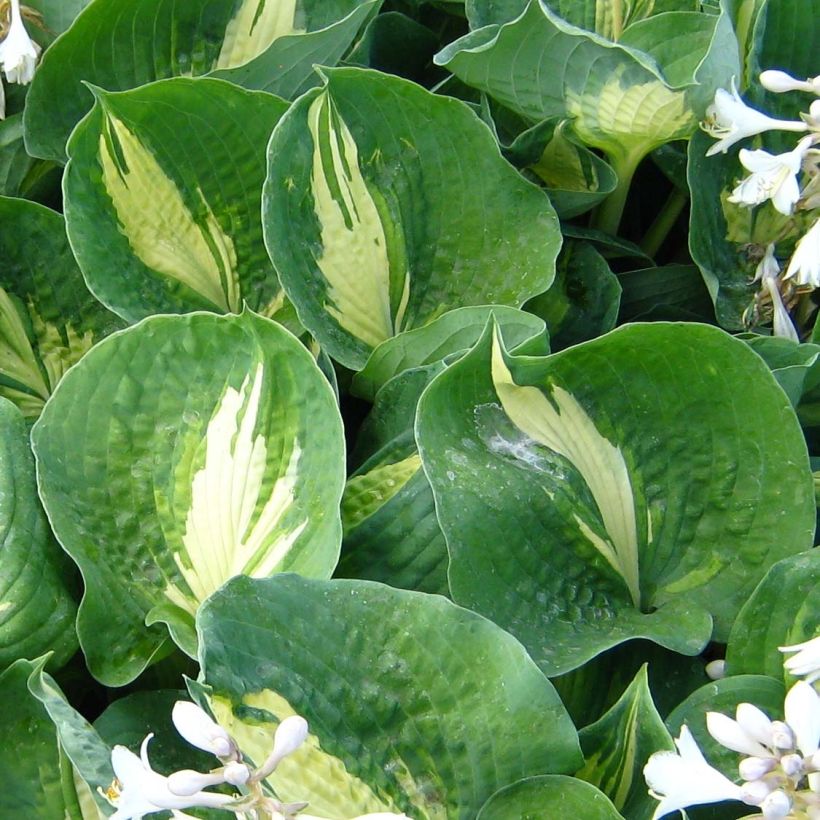

Flowering
Foliage
Plant habit
Botanical data
Hosta
Dream Queen
Liliaceae - Hostaceae
Plantain Lily, Funkia
Cultivar or hybrid
Other Hostas - Plantain Lilies
View all →Planting and care
Hostas are planted in spring or autumn. Hostas thrive in a deep, rich, humus-bearing, loose soil, preferably neutral to acidic (at least low in limestone), and moist to wet throughout the year. Plant them in partial or dappled shade, and in a sheltered location away from strong winds.
Prepare a planting hole of 20 cm (8in) x 20 cm (8in) x 20 cm (8in). If your soil is heavy, mix equal parts of compost with crumbled soil, partially backfill the hole, and place your potted plant in such a way that the top of the root ball is covered with 3 cm (1in) of soil. Applying a slow-release fertiliser (dehydrated blood, horn powder) will nourish your plant during its rooting period without the risk of burning. Make sure to position the collar well above the soil level. Firm the soil and water generously to eliminate air pockets. If the weather is dry, regular watering for a few weeks is necessary to facilitate the establishment of your plant. Also, water regularly during dry summers.
With their shared preference for moist locations, slugs and snails are never far away from hostas. Even though blue or variegated hostas often have thicker and tougher foliage, which is less appealing to slugs, these plants still need protection against gastropods. Protect your hosta plants by surrounding them with ferramol-based granules (approved for organic farming), eggshells, coffee grounds, mulch, or any dry and rough natural substance that repels them. Hedgehogs are the gardener's best allies in the fight against gastropods because, unlike chickens, they do not till the soil or attack the tender green shoots of young plants. Finally, some plants have a repulsive smell for slugs, such as wormwood and garlic.
Planting period
Intended location
Care
Planting & care advice
-
, onOrder confirmed
Reply from on Promesse de fleurs
Summer flowering perennials
Haven't found what you were looking for?
Hardiness is the lowest winter temperature a plant can endure without suffering serious damage or even dying. However, hardiness is affected by location (a sheltered area, such as a patio), protection (winter cover) and soil type (hardiness is improved by well-drained soil).

Photo Sharing Terms & Conditions
In order to encourage gardeners to interact and share their experiences, Promesse de fleurs offers various media enabling content to be uploaded onto its Site - in particular via the ‘Photo sharing’ module.
The User agrees to refrain from:
- Posting any content that is illegal, prejudicial, insulting, racist, inciteful to hatred, revisionist, contrary to public decency, that infringes on privacy or on the privacy rights of third parties, in particular the publicity rights of persons and goods, intellectual property rights, or the right to privacy.
- Submitting content on behalf of a third party;
- Impersonate the identity of a third party and/or publish any personal information about a third party;
In general, the User undertakes to refrain from any unethical behaviour.
All Content (in particular text, comments, files, images, photos, videos, creative works, etc.), which may be subject to property or intellectual property rights, image or other private rights, shall remain the property of the User, subject to the limited rights granted by the terms of the licence granted by Promesse de fleurs as stated below. Users are at liberty to publish or not to publish such Content on the Site, notably via the ‘Photo Sharing’ facility, and accept that this Content shall be made public and freely accessible, notably on the Internet.
Users further acknowledge, undertake to have ,and guarantee that they hold all necessary rights and permissions to publish such material on the Site, in particular with regard to the legislation in force pertaining to any privacy, property, intellectual property, image, or contractual rights, or rights of any other nature. By publishing such Content on the Site, Users acknowledge accepting full liability as publishers of the Content within the meaning of the law, and grant Promesse de fleurs, free of charge, an inclusive, worldwide licence for the said Content for the entire duration of its publication, including all reproduction, representation, up/downloading, displaying, performing, transmission, and storage rights.
Users also grant permission for their name to be linked to the Content and accept that this link may not always be made available.
By engaging in posting material, Users consent to their Content becoming automatically accessible on the Internet, in particular on other sites and/or blogs and/or web pages of the Promesse de fleurs site, including in particular social pages and the Promesse de fleurs catalogue.
Users may secure the removal of entrusted content free of charge by issuing a simple request via our contact form.

































